The Cool Refreshing Music from Paradise to Survive the Hot and Humid Summer…
This year's rainy season was the shortest in about 40 years.
But, no one thought that the rainy season would end in June. Usually the rainy season ends in the second half of July, which means that we are entering the long summer a month earlier than usual.
The Russian invasion of Ukraine has caused fuel costs to skyrocket and electricity prices have also been affected.
So, there are ways to cool off and get through the summer with music. That must-have item is bossa nova.
I will feature a number of great bossa nova related recordings and masterpieces to listen to in the summer, while focusing on the composers and performers. Please stay tuned!
First up is João Gilberto, known as the “Pope of Bossa Nova”.
Bossa Nova, the miracle music created by Brazilian João Gilberto!
Bossa Nova was born in Brazil in the late 1950s. Its origins are based on old Brazilian music, such as samba. Samba reminds us of that powerful rhythm used in Carnival in Rio and soccer games, but bossa nova is not as rhythm-driven music as samba.
The bass of bossa nova is laid by João Gilberto, who plays a unique syncopated rhythm with guitar and vocals. Around the same time, The intellectual youth and others from Rio gathered at his apartment, adding further refinement to João's music.
Bossa Nova, the Dehumidifier of Music
I consider bossa nova to be a musical dehumidifier. It’s refreshing, not intrusive, stylish, and pleasant to listen to. I have been known to say that if you play bossa nova music indoors, the humidity will drop by 20% (haha).
One of the reasons for the decrease in humidity can be attributed to the chords assigned to bossa nova.
For example, everyone knows the famous bossa nova song “Girl from Ipanema. The major 7th chord appears at the beginning of the song, followed by tension chords such as 11th and 13th chords. In particular, the progression from the A melody to the chorus (F△7→G♭△7) is an unusual progression. What on earth were they thinking? I wonder. However, it is pleasant. The pleasure of that floating hook part is not easy to get and it’s the moment when the humidity goes down. It’s the ultimate relaxation music.
Recommended album: João Gilberto – The Legend (1959)
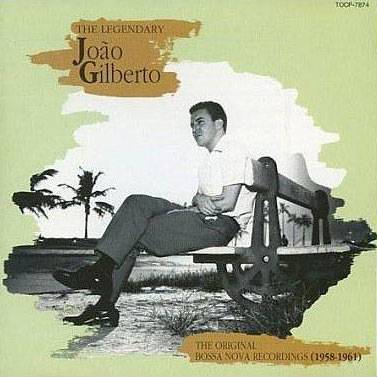
One of the most important bossa nova albums of all time. This album is said to be João Gilberto's best work (various theories exist).
João Gilberto is said to have made his solo debut with Copacabana in 1952, but that didn’t lead to the universalization of bossa nova. In this sense, João Gilberto – The Legend is his real debut album.
At first listen, João's vocal style is blurred and you can’t understand what he is singing, but if you listen carefully, you can understand that the guitar and vocal ensemble is outstanding and that the style of bossa nova that João has established was not the usual one. Also, even with the strings, it is not sticky and it has a certain coolness to it.
When I first heard bossa nova, I thought it was “blah, blah, blah, blah, blah, blah, blah, blah, blah, blah, blah, blah, blah,” which is understandable for someone who has been listening mainly to 8-beat rock music, but the more I listened to it, the more I realized how great João Gilberto is.
The guitar and vocals are exquisitely paced, and the way the singer confidently straddles and encroaches upon the bars may at first make you wonder if he's slowing down or running. Is he running? I thought he was running. It took me a long time to understand that this intricate interplay between guitar and vocals is the true essence of João. Anyway, João's groove, guitar and singing is outstanding. I will write about this in another section.
Recommended song: “Chega de Saudade” “No More Blues”
One of the most important songs in the history of bossa nova, since João's recording of this song in 1958 is considered to be the birth of bossa nova. This song has been covered by many musicians. Starting with the introduction with its impressive melody structure, the beauty and fragility of the melody in the verse, and the wonderful melodic development from the major chorus, the elements of a successful song are condensed in this song. The song is full of “saudade,” a nostalgic feeling peculiar to Brazilians, which is also the title of the song.
In the U.S., many jazz musicians liked this song, changed the title to “No More Blues,” and performed it. The melody, which was transmitted to the world, captivated many people.
The composer is Antônio Carlos Jobim and the lyricist is Vinícius Moraes, the golden duo of bossa nova.
The song was a big hit after Jobim gave his personal fortune to have João sing it. The song was a big hit because Jobim was so impressed by João's innovative guitar work.
Recommended song: “O Pato”
Often called the “samba of geese”, this song is a kind of symbolic song of João Gilberto, in which he combines his guitar and singing. João didn’t often perform live with an orchestra or band, but only played guitar and sang by himself. In this sense, this song is one of the best songs to listen to the groove of João's guitar and singing, even though it is accompanied by an orchestra.
Musicians, albums and recommendations featured in this issue
- Artist:João Gilberto
- Album:João Gilberto – The Legend
- Song Title: “Chega De Saudade” “O Pato"
⇨ SOUND HOUSE Piano/Synthesizer List
The “sound & person” column is made possible by your contributions.
For more information about submissions, click here.











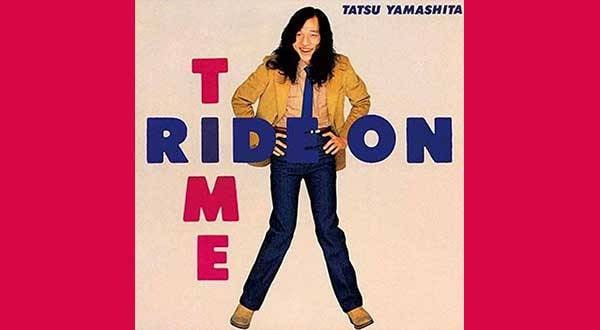
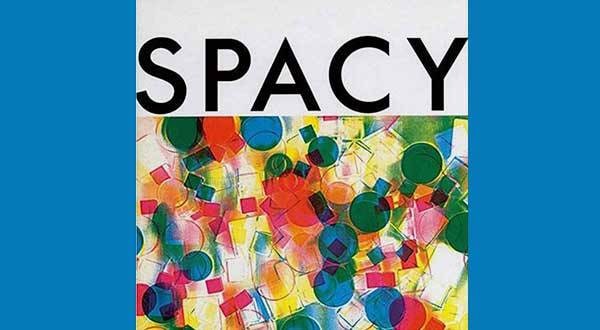
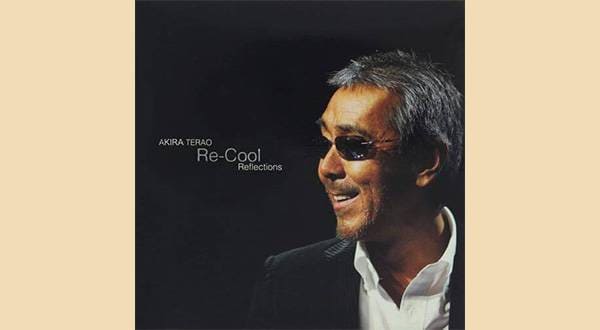
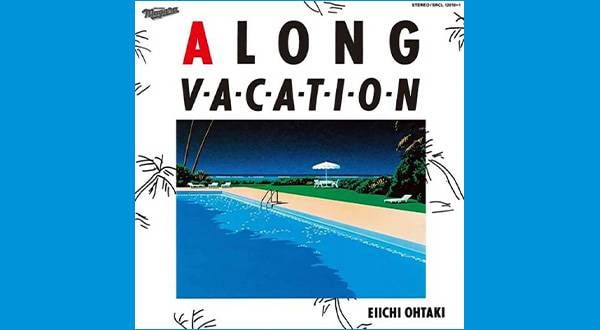

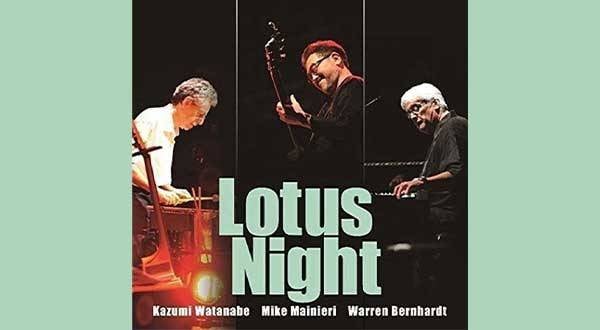
 超オススメのフレーズ道場 アコースティックギター
超オススメのフレーズ道場 アコースティックギター
 ギター 初心者講座
ギター 初心者講座
 自分にあったピアノを選ぼう!役立つピアノ用語集
自分にあったピアノを選ぼう!役立つピアノ用語集
 ギター名人ラボ
ギター名人ラボ
 ギタースタートガイド
ギタースタートガイド
 めちゃラク!ギター講座
めちゃラク!ギター講座















